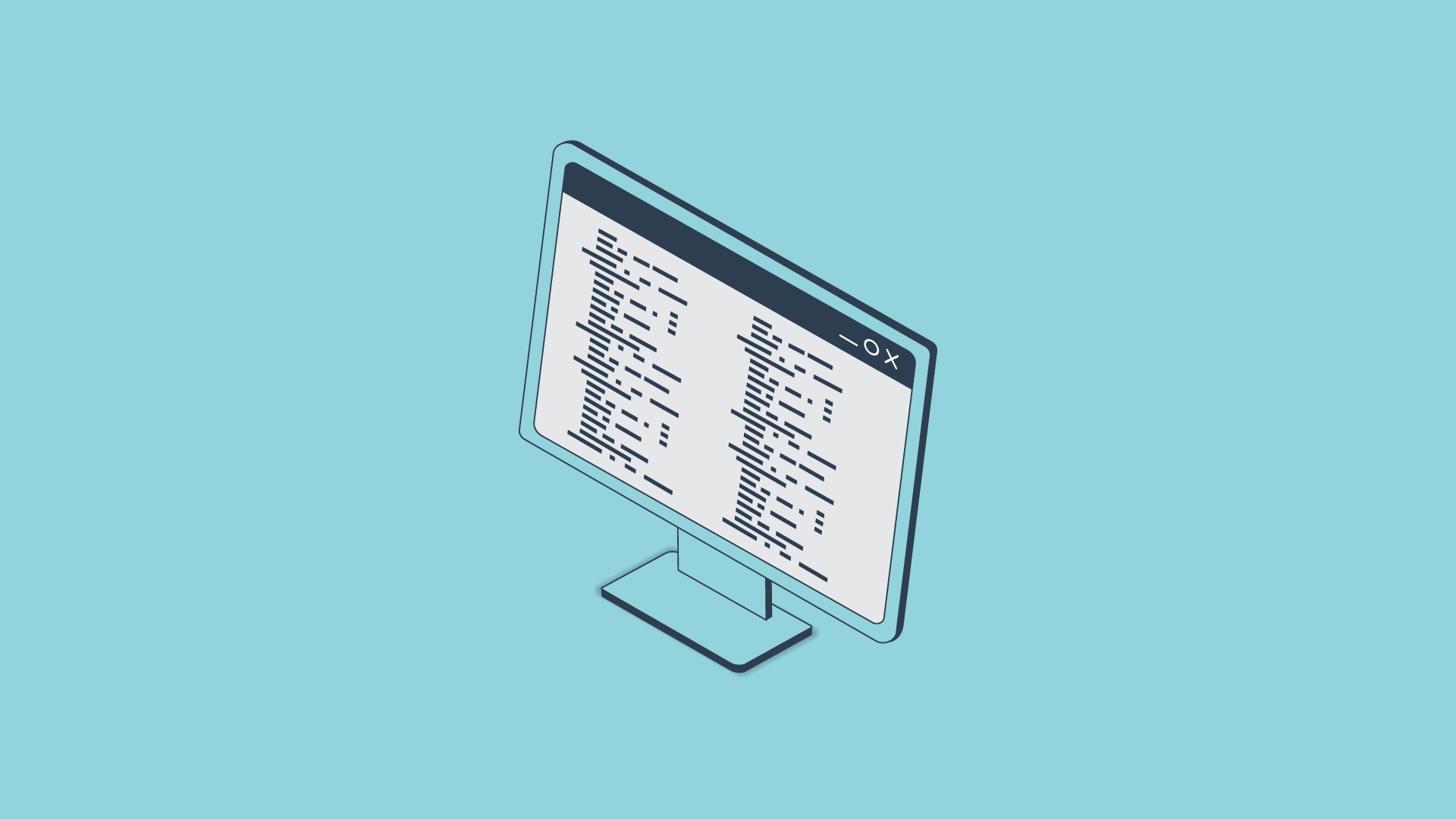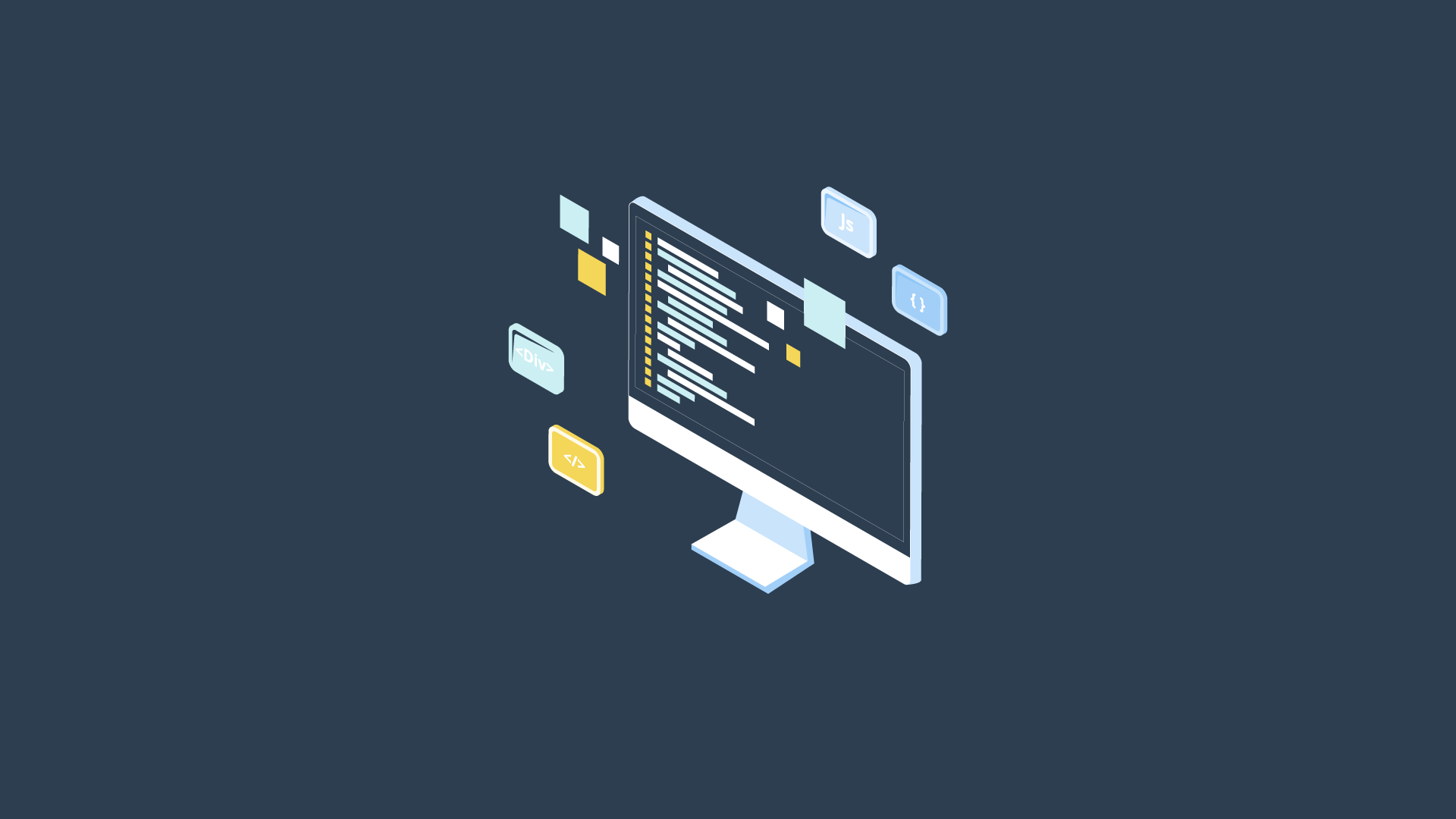Are you curious about the future of enterprise management? Look no further. Eye-opening statistics about Enterprise Resource Planning (ERP) are here to give you a glimpse into the future and revolutionize the way businesses operate.
In today's rapidly evolving business landscape, organizations are constantly seeking ways to stay ahead of the competition. ERP software has emerged as a game-changer, streamlining operations, enhancing productivity, and improving decision-making.
As businesses continue to embrace ERP systems, it is essential to understand the latest trends and statistics to fully grasp the potential of this technology.
The world of enterprise management is undergoing a transformative shift, and ERP is at the forefront of this revolution. By delving into the eye-opening statistics surrounding ERP, we can gain valuable insights into its future and the impact it will have on businesses of all sizes and industries.
Let's dive into these enlightening stats that will unveil the future of enterprise management.
| Enterprise Resource Planning (ERP) |
Surprising Truth About ERP: Eye-Opening Statistics
ERP (Enterprise Resource Planning) systems have become an integral part of many businesses, helping to streamline operations and improve efficiency. But what do the statistics say about the impact of ERP?
Here are some statistics to help you glean insight into trends in ERP software.
ERP Market Statistics
ERP (Enterprise Resource Planning) tools serve as core systems for businesses, driven by market characteristics such as widespread digital adoption, thriving global trade, and the need to track, maintain, and analyze vast amounts of data.
The latest ERP market statistics reflect a significant trend toward increased usage and global demand. Organizations across various industries are recognizing the value of ERP systems in streamlining operations, improving efficiency, and enabling data-driven decision-making.
ERP market statistics show the move toward increased usage and global demand.
- The ERP market remains in a phase of rapid expansion, with total market size expected to exceed $49.5 billion by 2025.
-
ERP market size was valued at US$ 50.57 billion in 2021 and is forecast to reach US$ 123.41 billion by 2021, exhibiting a 10.7% CAGR from 2022 to 2030.
- The ERP market size in North America is worth over $10 billion.
- 50% of companies are soon acquiring, upgrading, or planning to update ERP systems soon.
-
The global ERP software market is expected to reach $78.4 billion by 2026.
-
ERP on-premise segment accounts for 70% of the ERP market share. However, HubSpot's 2020 report on the ERP market indicates only 35% of organizations had an on-premise solution.
-
In addition, SoftwarePath's 2022 reports highlight that 97% of organizations are considering cloud-based software, given the data backup and storage recovery features.
-
Still, even SoftwarePath's 2022 report highlights that 26% of organizations are using on-premise solutions.
-
Back in 2020, manufacturing accounted for 36.6% of the ERP market. Professional or financial services (14%), distribution and wholesale (10%), and IT (5%) were other top consumers.
-
As of 2022, manufacturing (26.4%), information technology (17.1%), healthcare (13.6%), construction (11.4%), and retail (7.9%) account for over three-fourths of the ERP market.
-
Microsoft Dynamics is the leading ERP in 2022, commanding 29% of the ERP market.
- Oracle Cloud ERP (22%), SAP (18%), and Infor (12%) combined with Microsoft Dynamic command over 80% of the global ERP software market.
- In fact, some 48% of the organization say they implemented ERP software with moderate customizations to fit their processes. At least 15% say they heavily customized the ERP software to fulfill organization processes.
- Another 19% say they did no customizations but personalized the ERP software with process modifications. Only a small portion (3%) of organizations say they are using out-of-the-box features.
ERP Implementation Statistics
Implementing an ERP (Enterprise Resource Planning) system requires careful planning and execution to ensure success. Companies must have a clear vision of their new system requirements and align stakeholders across the organization.
Choosing the right vendor and establishing an internal implementation team are key factors that contribute to the likelihood of project success.
While ERP implementations can present challenges, data and statistics indicate that many companies have achieved and even surpassed their expectations in terms of implementation efficiency and outcomes.
- In a 2019 survey, 67% of distributors and manufacturers described their implementations as successful or very successful.
- Companies that had very successful ERP implementations noted internal organizational elements like support from management, good change management programs, and due diligence as primary reasons for success.
- When asked what went wrong during implementation, only 12% of respondents noted the poor quality of the software.
- After ERP implementation, 49% of companies said they improved all business processes. Only 5% of businesses said they didn’t see any improvement.
- A 2020 report found that 93% of organizations report their ERP projects as successful.
- In a survey on ERP implementation, midsize companies with $100 million to $250 million in revenue had the fastest implementations at 6.7 months. Companies with over $25 billion in revenue took about 12.35 months.
- Regarding implementation, minor customization was needed by 10% of respondents, some customization was needed by 33%, and significant customization was needed by 37%.
- For a group of companies that underwent ERP implementation, nearly half (49%), went live in the allotted time, 13% went live sooner than expected, 27% were a little late and 11% failed to go live in the time allotted.
- Expansion of the initial project scope was the primary reason companies went over budget during implementation.
- Nearly one-third of companies communicate about ERP implementation before selecting the product, 56% do it during the selection process, and 13% share information right before going live.
ERP ROI Statistics
Implementing an ERP (Enterprise Resource Planning) system is driven by the desire of organizations to improve efficiency, streamline processes, and achieve cost savings. Statistics on ERP return on investment (ROI) showcase the tangible benefits that organizations can attain by leveraging this technology.
- ERP implementation led to business process improvement for 95% of businesses.
- In a study of companies implementing ERP, 85% had a projected timeline for ROI. Of that group, 82% achieved ROI in their expected time.
- The top three benefits businesses said they gained from an ERP system are reduced process time, increased collaboration, and a centralized data system.
- An average ROI time in a group of companies that implemented ERP was just over 2.5 years.
- The top three business goals cited for implementation are achieving cost savings (46%), better performance metrics (46%), and improved efficiencies in business transactions (40%).
- When asked to select areas where ERP produced ROI, the top three answers were reduced IT costs (40%), reduced inventory levels (38%), and reduced cycle time (35%).
- For midsize companies — revenue under $1 billion — the cost of owning an ERP system is approximately 3-5% of annual revenue.
- For large companies — revenue over $1 billion — the cost of owning an ERP system is 2-3% of annual revenue.
ERP Usage Statistics
The adoption of ERP (Enterprise Resource Planning) systems varies across industries, with organizations leveraging these systems for different purposes. Recent ERP usage statistics shed light on the current trends and patterns in ERP adoption.
- Manufacturing companies are the No. 1 user of ERP software.
- Manufacturers represented the largest portion at 47% of companies looking to purchase ERP software.
- Following manufacturers, distributors (18%), services (12%), and construction (4%) are the other industries most likely to use ERP software.
- In a survey of companies looking to purchase ERP software, 89% identified accounting as the most critical ERP function. Other responses included inventory and distribution (67%), CRM and sales (33%), and technology (21%).
- 84% of ERP users had an expected ERP spend of less than 2% of annual income.
- 40% of companies identified better functionality as their primary reason for implementing an ERP system.
- The biggest influencers in purchasing ERP software were finance and accounting (23%) and IT department employees (23%).
- In an IDC survey of small businesses with 50–99 employees, 58% supported investing in cloud and hosted solutions.
- ERP systems are an important investment and should be a top priority, according to 53% of IT decision-makers in a recent survey.
- On average, 26% of workers use their company’s ERP software.
ERP Challenges
Implementing an ERP system can bring significant benefits to a business, but it is not without its challenges.
Several common ERP challenges can arise during the implementation process, including poor project management, difficulty in managing implementation costs and duration, internal resistance to new systems, software integration issues, and poor data quality.
These challenges often stem from factors such as unclear ERP implementation goals, selecting the wrong ERP vendor, and acquiring software that may not be the best fit for your company's specific needs.
- Data collected over the years on ERP implementations found that 50% fail the first time around.
- Most implementations cost three to four times what was initially budgeted.
- Implementation can take 30% longer than anticipated.
- 51% of companies experience operational disruption when they go live.
- System modifications needed to improve usability cause overspending 65% of the time.
- The top three places ERP systems fall short for users are data accuracy, user experience, and analytics.
- The two most commonly cited challenges during implementation are insufficient testing and not enough process reengineering.
ERP Software Trends: Gaining Insight into the Shifting Landscape
The landscape of ERP software is undergoing rapid transformation, driven by advancements in technology, market forces, and implementation practices. One notable trend is the increasing adoption of cloud-based tools, which are expanding access to ERP platforms for businesses of all sizes. To provide you with valuable insights into the evolving trends in ERP software, here are some key statistics:
Cloud Adoption: Cloud-based ERP solutions are gaining significant traction, with businesses recognizing the benefits of flexibility, scalability, and reduced infrastructure costs.
According to recent statistics, the global cloud ERP market is projected to grow at a compound annual growth rate (CAGR) of over 10% in the coming years.
Mobile Accessibility: The rise of mobile devices has fueled the demand for ERP software that offers seamless accessibility on the go. Today, approximately 70% of organizations are using or considering mobile ERP solutions to empower their workforce and enable real-time decision-making.
AI and Automation: Intelligent technologies, such as artificial intelligence (AI) and automation, are reshaping the ERP landscape. By leveraging AI capabilities, ERP systems can automate routine tasks, optimize processes, and provide data-driven insights to enhance operational efficiency.
It is estimated that by 2025, AI-powered ERP solutions will contribute to a 20% increase in productivity for organizations.
Integration Capabilities: ERP software is no longer confined to managing internal business processes alone. The demand for seamless integration with external systems, such as customer relationship management (CRM) platforms, supply chain networks, and e-commerce channels, is on the rise.
Studies show that companies integrating ERP and CRM systems experience an average increase in customer retention by 27%.
Industry-Specific Solutions: ERP vendors are increasingly focusing on developing industry-specific solutions tailored to the unique needs of various sectors. This trend allows businesses to leverage ERP software that addresses specific regulatory requirements, supply chain complexities, and industry-specific challenges.
Data Security: With the growing emphasis on data privacy and security, organizations are prioritizing robust security measures within their ERP systems. Encryption, access controls, and data monitoring tools are integral components of modern ERP solutions, ensuring the protection of sensitive business information and compliance with data protection regulations.
These statistics provide a glimpse into the current trends shaping the ERP software landscape. As technology continues to advance, businesses must stay informed and adapt to leverage the benefits of ERP solutions.
Source: Gartner, founderjar.com, NetSuite, Thrivemyway, Alliedmarketresearch
%20Statistics.png)


